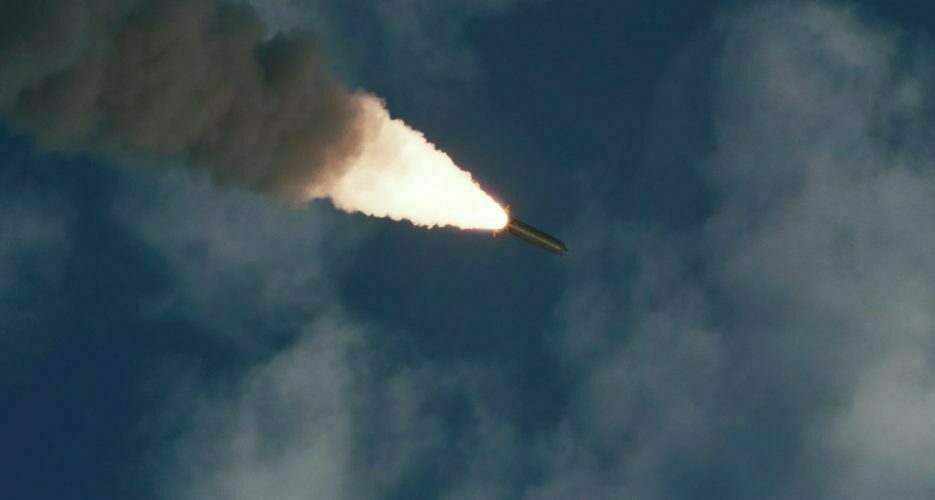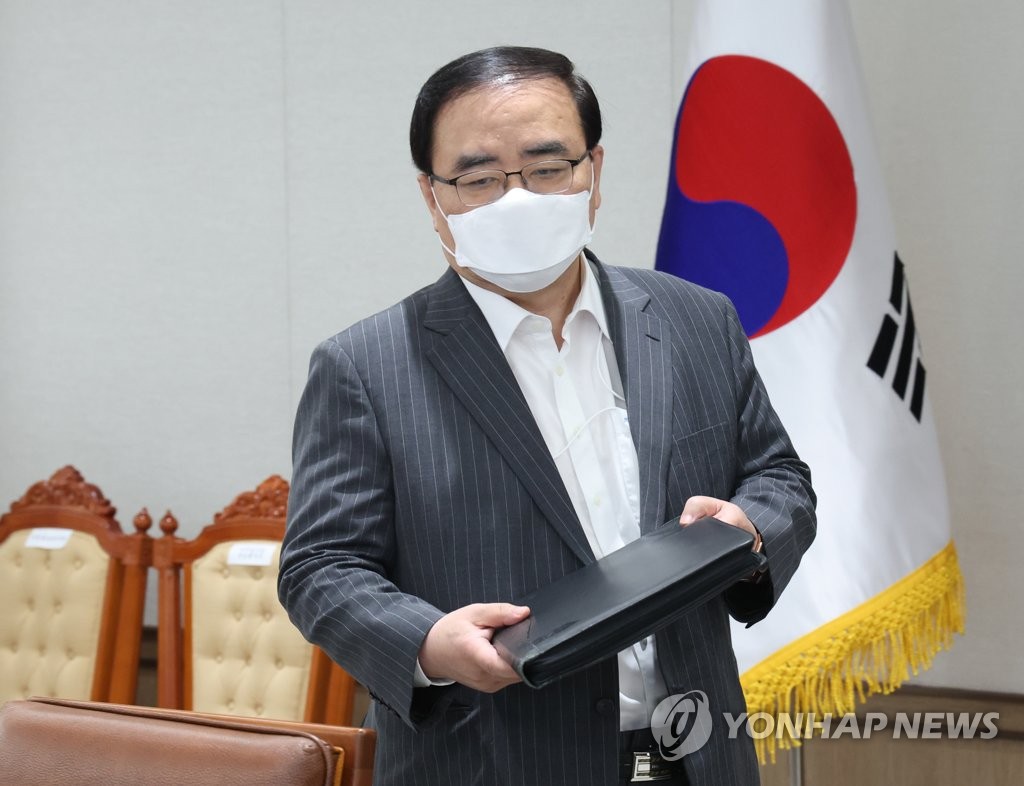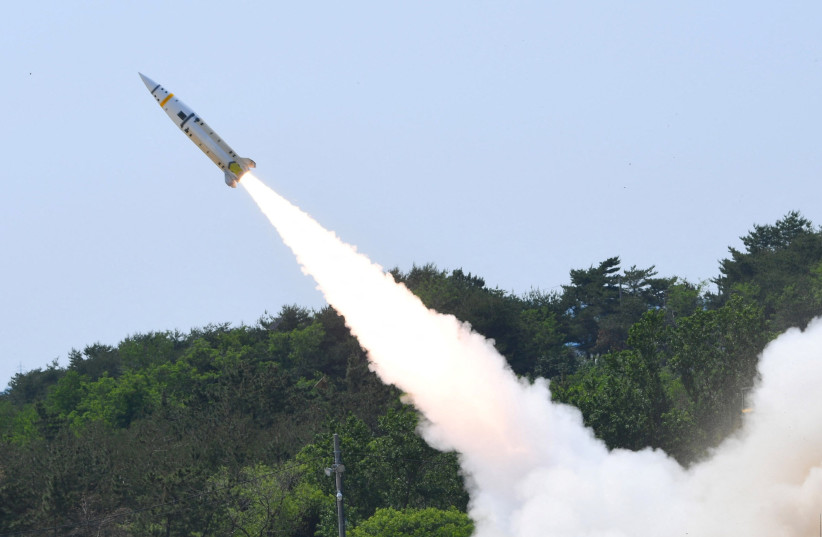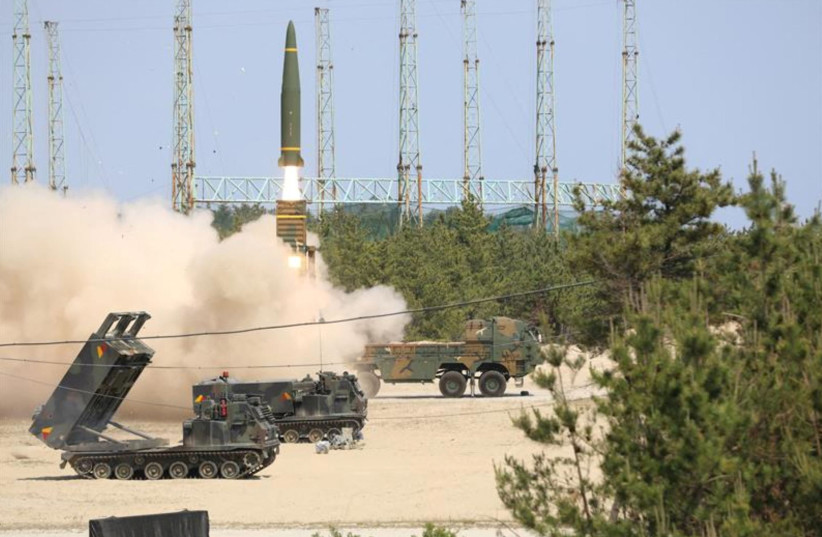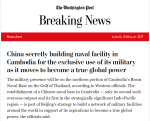North Korea to Head UN Disarmament Forum, 40 NGOs Urge Walk-out
GENEVA, May 26, 2022 — North Korea on Monday will
take over as chair of the world disarmament forum which negotiated the nuclear non-proliferation treaty, sparking an appeal
(see text below) by over 40 UN-accredited non-governmental organizations for UN chief Antonio Guterres, the U.S., Canada, UK, EU states and other democracies to strongly protest, and for
their ambassadors to walk out of the conference during the four weeks of the North Korean presidency, starting on May 30, 2022.
The 65-nation
Conference on Disarmament, based in Geneva, is considered the cornerstone of nuclear disarmament efforts. The UN-backed body calls itself “the single multilateral disarmament negotiating forum of the international community.”
“Having the North Korean regime of Kim Jong-un preside over global nuclear weapons disarmament will be like putting a serial rapist in charge of a women’s shelter,” said Hillel Neuer, executive director of UN Watch, a Geneva-based non-governmental organization that monitors the United Nations, and which spearheaded the joint protest.
“This is a country that threatens to attack other UN member states with missiles, and that commits atrocities against its own people. Torture and starvation are routine in North Korean political prison camps where an estimated 100,000 people are held in what is one of the world’s most dire human-rights situations,” said Neuer.
Under
UN rules, the North Korean ambassador to the forum, Mr. Han Tae Song, will help organize the work of the conference and assist in setting the agenda.
He will exercise all functions of a presiding officer, and represent the body in its relations with states, the General Assembly and other organs of the United Nations, and with other international organizations.
While the post is largely formal, “North Korea holding the president’s gavel is liable to seriously undermine the image and credibility of the United Nations, and will send absolutely the worst message,” said Neuer.
“At a time when China, Cuba, Libya, Kazakhstan and Venezuela are sitting on the UN’s human rights council, this won’t help.”
North Korea is world’s foremost weapons proliferator
“North Korea is the world’s foremost weapons proliferator. The regime builds its own nuclear weapons in contravention of its treaty commitments. Pyongyang sells missile and atomic know-how to other rogue regimes in blatant violation of U.N. sanctions,” said Neuer.
Yesterday, Pyongyang fired three missiles, including one thought to be its largest intercontinental ballistic missile, the latest in a string of banned ballistic missile launches that the country has carried out this year.
“If the U.N. seeks to be an institution with a moral compass, it cannot allow the likes of North Korea to head arms control agencies, and to keep electing the world’s worst abusers on its top human rights body,” said Neuer.
Democracies should walk out
“UN Watch urges the U.S., Canada, Britain, France, Germany, and all other member and observer states to refuse to send ambassadors to any meeting of this UN forum that is being chaired by North Korea. The U.S. and Canada
pulled out while Iran was chair in 2013, and should do so again,” said Neuer.
It as “a fundamental conflict of interests to have North Korea as president of a disarmament forum, an act liable to be exploited by North Korean propaganda, to legitimize Kim Jong-un’s cruel regime,” said Neuer.
“A country that flagrantly violates UN Security Council resolutions explicitly prohibiting its ballistic missile launches should be barred from any formal positions in UN bodies dealing with the such vital matters as nuclear weapons disarmament,” said Neuer.
North Korea has continued developing its nuclear and ballistic missile programs in 2021 in violation of UN sanctions and despite the country’s worsening economic situation, UN sanctions monitors reported in August.
“The North Korean regime of Kim Jong-un simply cannot be a credible chair of this or any other United Nations body. North Korea’s illegal development of nuclear weapons, in breach of its disarmament obligations, run counter to the objectives and principles of the Conference on Disarmament itself.”
“North Korea’s chairmanship will only undermine the integrity of both the disarmament framework and of the United Nations, and no country should support that.”
North Korea will assume the presidency of the Conference on Disarmament on May 30 and hold it over four weeks, until June 24.
About the Conference of Disarmament
The Conference of Disarmament (CD) reports to the UN General Assembly and is billed by the UN as “the single multilateral disarmament negotiating forum of the international community.”
Established in 1979 after a special UN General Assembly session, the CD is made up of 65 countries who have been divided in recent years on key issues.
The conference and its predecessors have negotiated such major multilateral arms limitation and disarmament agreements as:
• Treaty on the Non-Proliferation of Nuclear Weapons
• Convention on the Prohibition of the Development, Production and Stockpiling of Bacteriological (Biological) and Toxin Weapons and on their Destruction
• Convention on the Prohibition of the Development, Production, Stockpiling and Use of Chemical Weapons and on Their Destruction
• Convention on the Prohibition of Military or Any Other Hostile Use of Environmental Modification Techniques
• Comprehensive Nuclear-Test-Ban Treaty
UN Sanctions on North Korea for Illicit Nuclear and Missile Activities
The United Nations Security Council has adopted at least
nine major sanctions resolutions on North Korea in response to the country’s illicit nuclear and missile activities since 2006. Each resolution condemns North Korea’s latest nuclear and ballistic missile activity and calls on North Korea to cease its illicit activity, which violates previous UN Security Council resolutions.
In addition to imposing sanctions, the resolutions give UN member states the authority to interdict and inspect North Korean cargo within their territory, and subsequently seize and dispose of illicit shipments.
______
CIVIL SOCIETY APPEAL TO PROTEST NORTH KOREA AS CHAIR OF CONFERENCE OF DISARMAMENT
The undersigned non-governmental and human rights organizations call on UN Secretary-General Antonio Guterres, the United States, the European Union and all other democracies to strongly protest North Korea’s absurd chairmanship of the UN-backed Conference on Disarmament, starting on May 30, 2022, and for all ambassadors to walk out during the four weeks of the rogue regime’s presidency.
North Korea is a country that threatens to attack other UN member states with missiles, and that commits atrocities against its own people. Torture and starvation are routine in North Korean political prison camps where an estimated 100,000 people are held in what is one of the world’s most dire human-rights situations.
As Chair of the world’s top disarmament forum, North Koren Ambassador Han Tae Song will help organize the work of the conference and assist in setting the agenda, exercise all functions of a presiding officer, and represent the body in its relations with states, the General Assembly and other organs of the United Nations, and with other international organizations.
North Korea holding the president’s gavel is liable to seriously undermine the image and credibility of the United Nations, and will send absolutely the worst message. At a time when China, Cuba, Eritrea, Libya, Kazakhstan and Venezuela are sitting on the UN’s human rights council, this will only further erode the standing of the United Nations.
North Korea is the world’s foremost weapons proliferator. The regime builds its own nuclear weapons in contravention of its treaty commitments. Pyongyang sells missile and atomic know-how to other rogue regimes in blatant violation of UN sanctions.
Kim Jong-un has carried out a dozen ballistic missile tests since the beginning of the year, threatens to carry out more, and, according to intelligence assessments, may be ready to resume underground nuclear testing.
If the UN seeks to be an institution with a moral compass, it cannot allow the likes of North Korea to direct arms control agencies.
We therefore urge the U.S., Britain, France, Germany, Canada, Australia and all other states to refuse to send ambassadors or other delegates to any meeting of this UN forum that is being chaired by North Korea.
We recall that several countries rightly pulled out of this forum when the Iranian regime became the head in 2013, and under Syrian Assad regime’s presidency in 2018, and we urge all states to stand up for the credibility of the United Nations by doing so again when North Korea outrageously is handed the gavel.
Sincerely,
United Nations Watch, Switzerland
Committee for Human Rights in North Korea, United States
The Family Research Council, United States
International Network of Liberal Women, Netherlands
World Federation of Methodist and Uniting Church Women, UK
International Association for Water Law, Italy
Asociación Española para el Derecho Internacional de los Derechos Humanos, Spain
Thin and High, United States
Structural Analysis of Cultural Systems, Germany
Edmund Rice International, Switzerland
Romanian Independent Society of Human Rights
Lebanese American Renaissance Partnership, Lebanon
Institute of Noahide Code, United States
Society for the Widows and Orphans, Nigeria
InnerCity Mission for Children, Nigeria
Riba Foundation, United States
India Media Centre, India
Business and Professional Women Voluntary Organization, Sudan
Educational Foundation for African Women, Nigeria
Amis de l’Afrique Francophone-Bénin, Benin
Ashiana Collective Development Council, Pakistan
Kinder in Kenia, Switzerland
Global Academy Institute of Technology Foundation Inc., Philippines
Association Mauritanienne des Droits de l’Homme, Mauritania
Welfare Togo, Togo
Association Mouvement pour la Défense de l’Humanité et l’Abolition de la Torture, Cameroon
Save the Climat, Democratic Republic of Congo
Vivekananda Sevakendra-O-Sishu Uddyan, India
Credo-Action, Togo
World Jewish Congress, United States
Buddies Association of Volunteers for Orphans, Disabled and Abandoned Children, Cameroon
Global Economist Forum, Bangladesh
Association pour la promotion de la lutte contre les vîolences faites aux femmes et la participation au développement de la Femme Africaine, Cameroon
Coup de Pouce, Democratic Republic of Congo
NGOs Computer Literacy, Shelter Welfare, Pakistan
VIVAT International, United States
Forum méditerranéen pour la promotion des droits du citoyen, Morocco
MIROSLAVA International Alliance, Ukraine
Liberians United to Expose Hidden Weapons, Liberia
Sisters of Charity Federation, United States
Global Vision India Foundation, India
Peter-Hesse-Stiftung (Solidarity in Partnership for One World), Germany
Karlen Communications, Canada
Halley Movement for Social and Community Development, Mauritius
Foundation of International Servant leadership Exchange Association, Republic of Korea
Asian Marine Conservation Association, India
Major Alliance Education Centre, Tanzania
Youth for a Better World, United States
Kikandwa Rural Communities Development Organization, Uganda
Victims of Crisis Aid Society, Nigeria
Le Comité français des ONG pour la liaison et l’information des Nations Unies, France
Fondation Espoir et Vie Pays, Democratic Republic of Congo
———————————
Statement by Timothy Cho, North Korean Escapee and Human Rights Advocate
Democracies must walk away as North Korea chairs UN Conference on Disarmament this week
As a North Korean escapee and an Inquiry Clerk for the UK All-Party Parliamentary Group on North Korea, I am shocked by the unbelievable news that North Korea will chair a 65 nation UN-backed Conference on Disarmament from Monday, May 30th, 2022.
This news recalls my memories in North Korean prison cell and my inmates screaming and begging to live, during my two attempted escapes and four times imprisonment in China and North Korea, it is still vivid and terrifying, and in my ears and eyes.
This single multilateral disarmament negotiating forum of the international community will discuss the Nuclear Non-Proliferation Treaty, Prohibition of the production and stockpiling of biological weapons, and Prohibition of the development, stockpiling and use of chemical weapons.
But all these multilateral arms limitations and disarmament agreements are completely denied by North Korea, and they continued testing, developing, producing and even using its chemical weapons ‘VX nerve agent’ to assassinate Kim Jong-Un’s half brother Kim Jong-Nam at the Kuala Lumpur airport in Malaysia in 2017.
Then just last week, North Korea launched three intercontinental and short-range ballistic missiles and so far over twenty intercontinental and short-range ballistic missiles, rockets, and nuclear weapons testing in the past six months. This is all upon the United Nations Security Council’s adoption of nine major sanctions resolutions on North Korea in response to the country’s illicit nuclear and missile activities since 2006. Each resolution condemns North Korea’s latest nuclear and ballistic missile activity and calls on North Korea to cease its illicit activity of threat to regional peace and security, which violates United Nations Security Council resolutions.
We must remember that all these weapons of mass destruction in North Korea are not for the millions of hungry and suppressed people. It is for the regime that they need all these weapons to rule their own people and to preserve the darkest and most totalitarian systems in the 21st century.
North Korea does not have any qualifications to chair the UN-backed conference because they have completely abandoned the state’s primary responsibility to protect their own citizens from hunger and abuses. North Korean leaders are committing crimes against humanity, starvation, oppression, persecution, imprisonment, torture, execution, forced abortion, enforced disappearance and three-generation punishment, as the UN Commission of Inquiry report 2014 concludes that – North Korea’s human rights violations make it “a state without parallel” in the contemporary world.
The United Nations must not allow the DPRK to chair the UN-backed conference in the first place, and therefore I urge all democratic representatives of the United Nations to stand up for the voiceless people of North Korea and walk away from this conference. Likewise when several countries rightly pulled out of this when the Iranian regime became the head in 2013, and under Syrian Assad regime’s presidency in 2018.
I and my North Korean brothers and sisters are not born for this chain of life in darkness, persecution and injustice in large prison society. 74 years is enough.
In solidarity,
Timothy Cho
Human Rights Advocate
~~~~~~~~~~~~~~~~
Under the presidency of Kim Jong-un's North Korean regime, the world disarmament forum will tomorrow meet to address “Cessation of the nuclear arms race and nuclear disarmament.” On Wednesday, they'll address “Prevention of nuclear war, including all related matters.
View: https://twitter.com/HillelNeuer/status/1531229229723049985?s=20&t=a5xOXKimemRvCIE-ElLWyw
North Korea thanked
Cuba for “working tirelessly & effectively” in its presidency last month. North Korea will “do its utmost to promote the substantive work of the Conference” & at the plenary this week will outline the goals for its presidency.



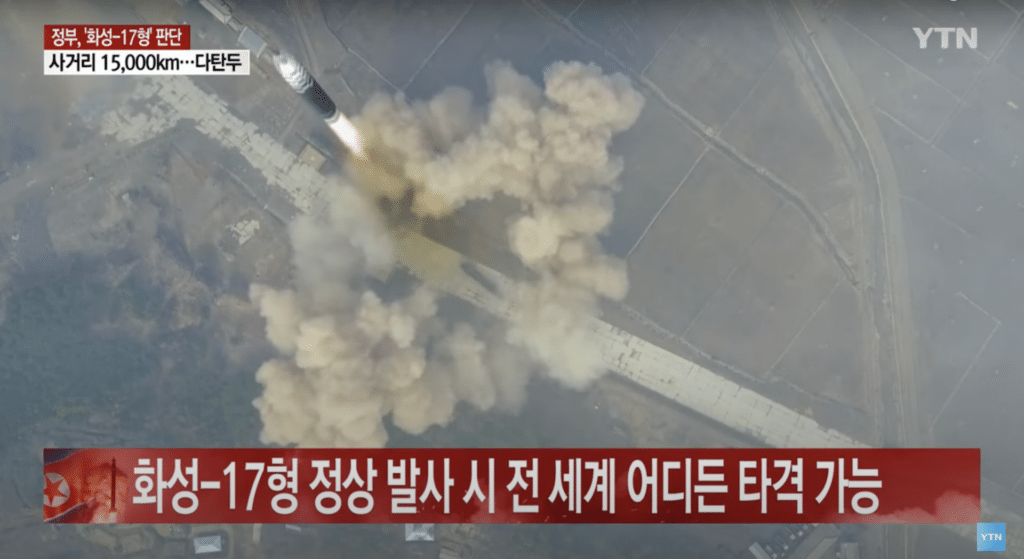
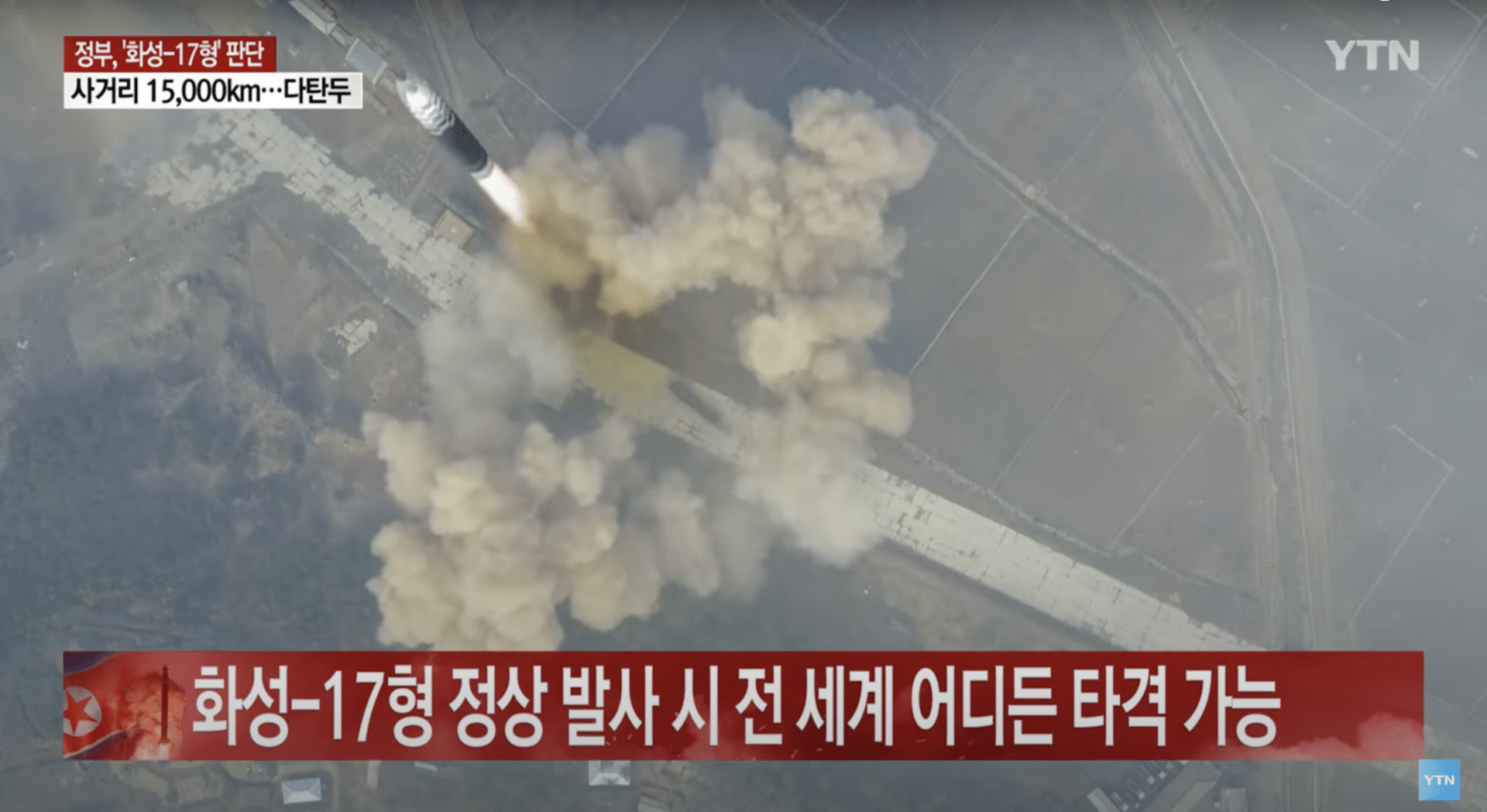









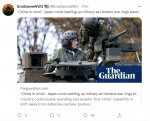






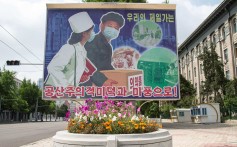

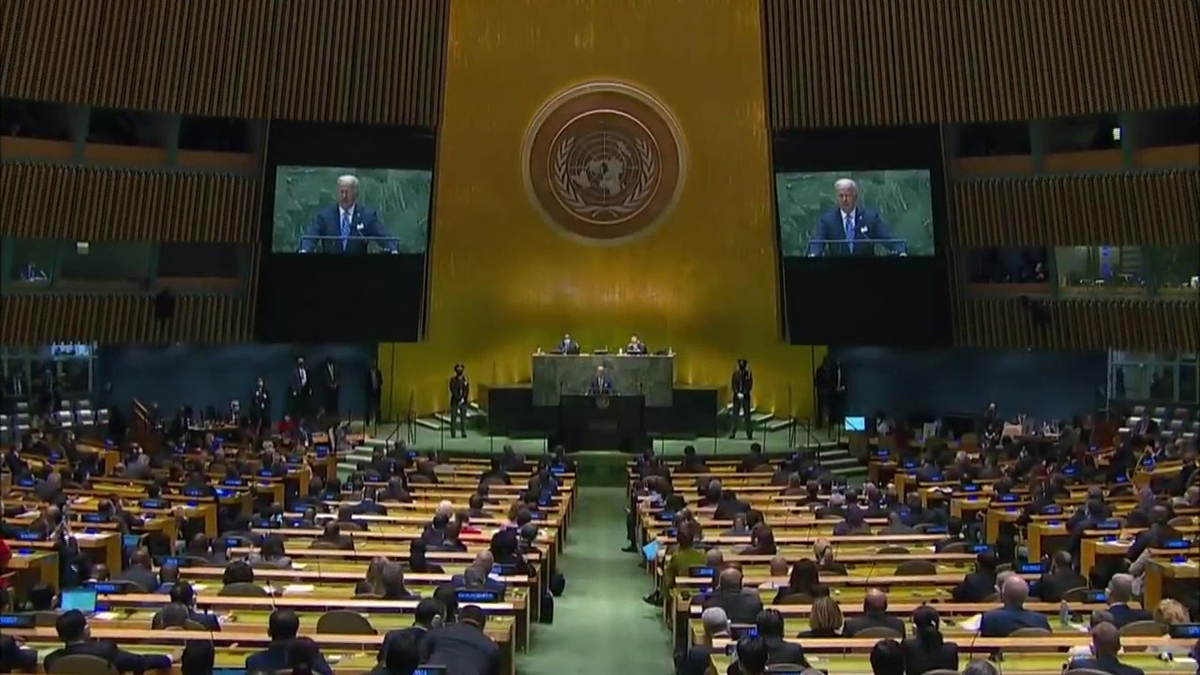






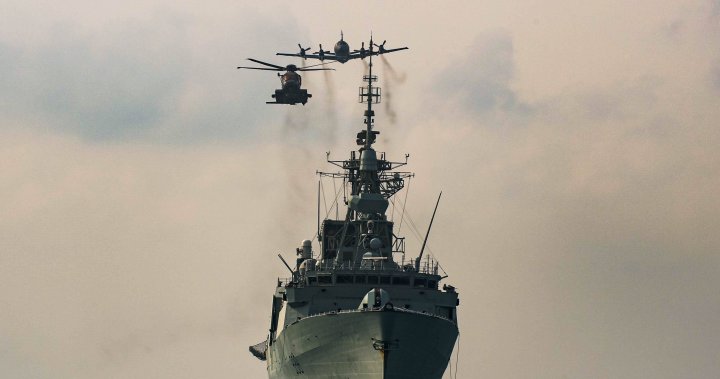


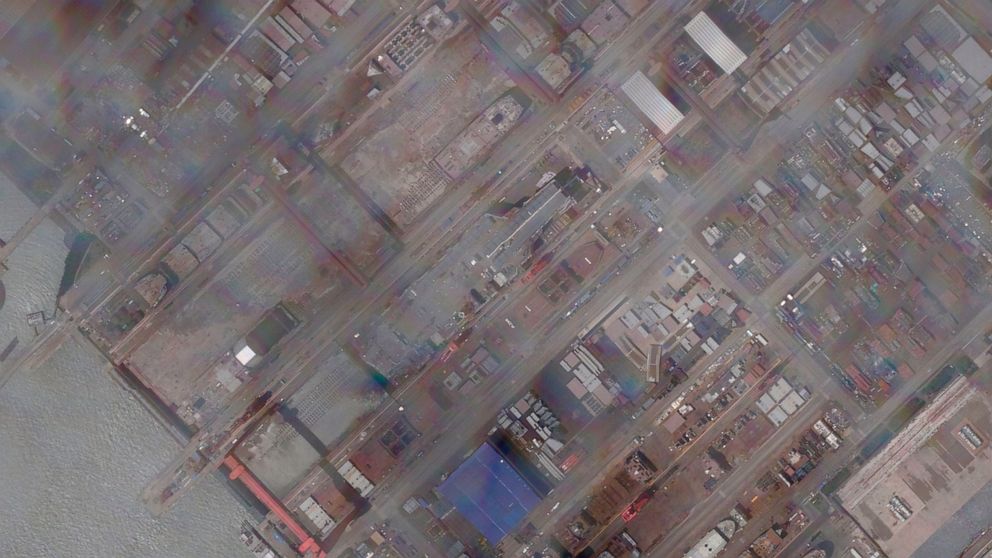
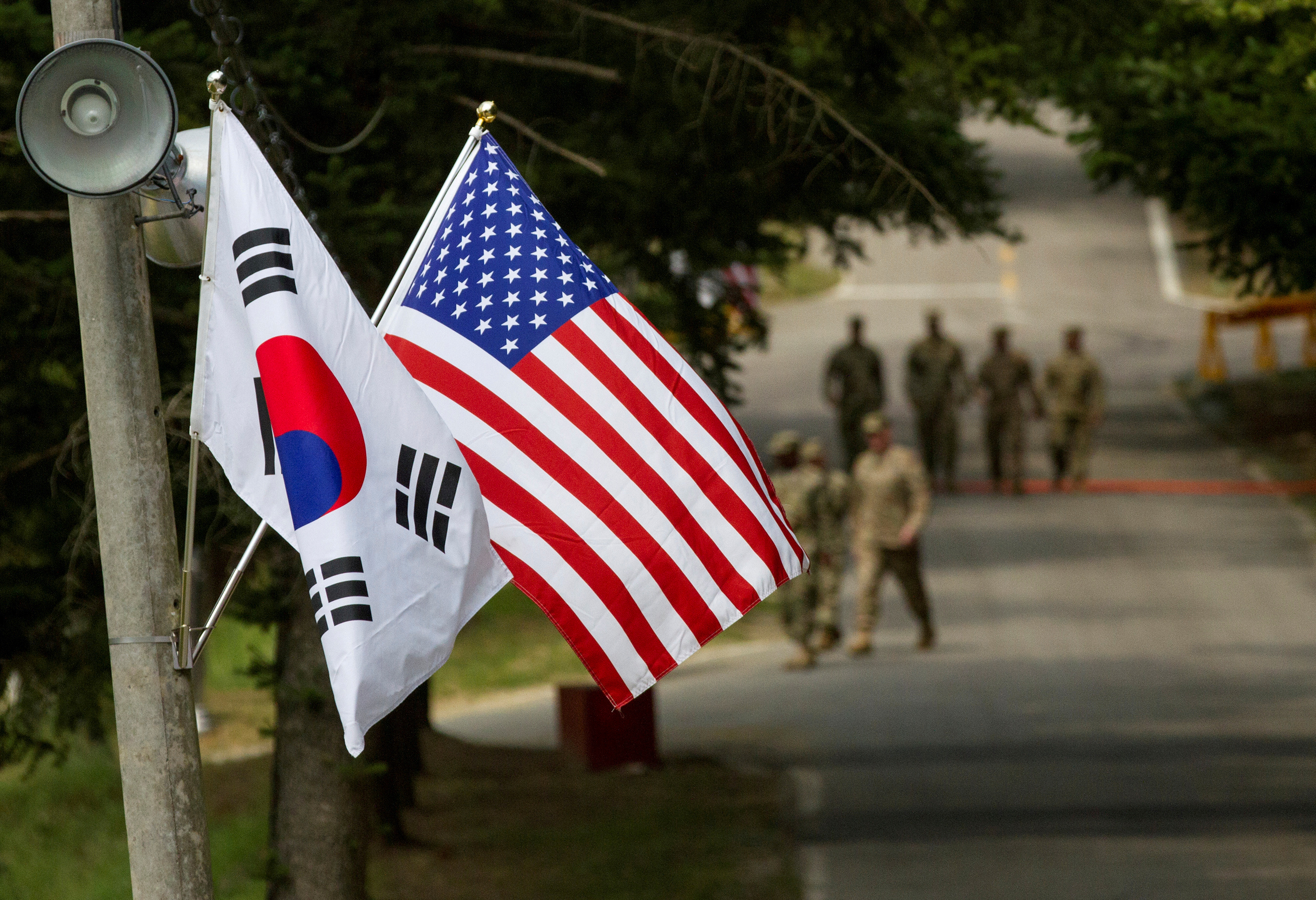
/cloudfront-us-east-2.images.arcpublishing.com/reuters/CHAVLSDAQ5P6XLJRHGB2CJTVSY.jpg)


